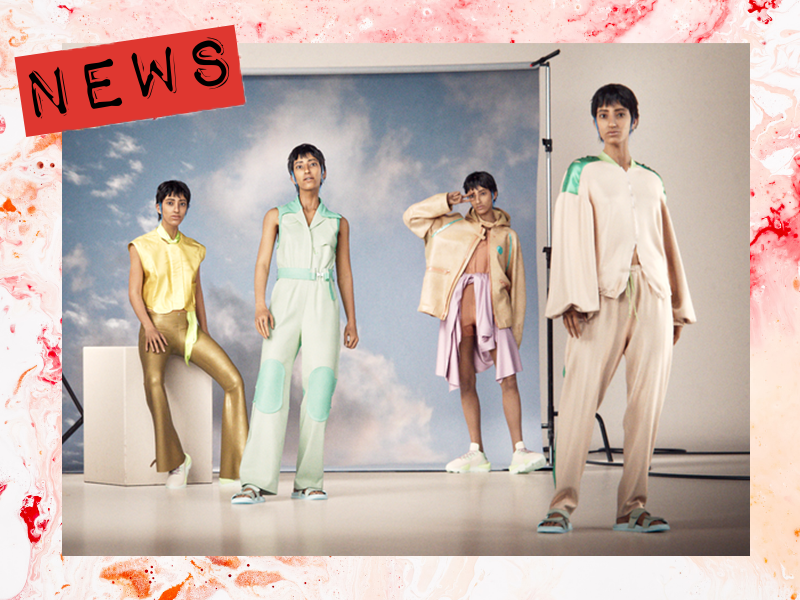Between Balenciaga’s fashion show featuring a single digital model and London-based Auroboros’ first digital ready-to-wear collection, who hasn’t noticed that virtual fashion is in this fashion week? This technological breakthrough might be aesthetically futurist and intrinsically cool, but it can also serve another purpose: making the fashion industry more sustainable.
That is what H&M’s non-profit wing is attempting with their new initiative, which showcases sustainable fashion innovations in the form of a virtual clothing collection.
The Billion Dollar Collection from the H&M Foundation gives ten start-ups the chance to present their eco-friendly innovations and seek funding to make them a reality.
Each start-up is represented by a piece of digitally-created piece of clothing, designed by French creative director Pauline Chardin. The items feature a price tag reflecting the estimated support each company needs to achieve their goals.
The innovations presented include sustainable materials and other improvements to reduce waste in the industry.
The collection will only be produced at scale if the fashion industry embraces, and funds, these 10 disruptive innovations. Despite the name, H&M does not appear to be stumping up the $1bn in cash itself, but is hoping other investors will lend their support.
The campaign is part of H&M’s Global Change Award, which has handed out €5m in grants since 2015 to innovators working to make the fashion industry more circular and sustainable, in an attempt to restore its “fast fashion” image.
“With this campaign we want to create awareness of the impact sustainable innovation can achieve if given the opportunity to grow,” said Diana Amini, Global Manager of the H&M Foundation.
Chardin took inspiration from casual clothing classics in designing the collection. It is modelled by a digital model avatar created by Mackevision, using the latest character design technology. With light pastel colours, sportswear basics, futuristic overalls and oversized pyjamas, the collection is lovely, but far from groundbreaking.

However, the innovations themselves are more exciting. MycoTEX, an innovative textile company from the Netherlands, creates products made of lab-grown, compostable mushroom roots. Once worn out, their product can be buried in the ground and decomposed.
Another, SeaChange, aims to reduce water waste from fabric dyeing by creating a water purification process. Their system, which is estimated to need $5m, uses a turbine to turn the toxins into a dry powder, while the water is transformed into clean water vapour.
Fairbrics claims to have the potential to achieve an annual net reduction of 720,000 tonnes of carbon dioxide emissions by 2030. Their innovation collects emitted greenhouse gases to transform them into polyester yarn which will then be used to create sustainable synthetic fabric.
Reverse Resources, one of the innovations that requires the most investment, has created a digital “Uber for waste” platform using datasets to connect suppliers and seekers of textile wastes. Their aim is to help fashion waste become the new raw material of the fashion industry, which should save 5,400 billion litres of water in 2030, the equivalent of the production of two billion cotton t-shirts.
Watch the video below:

